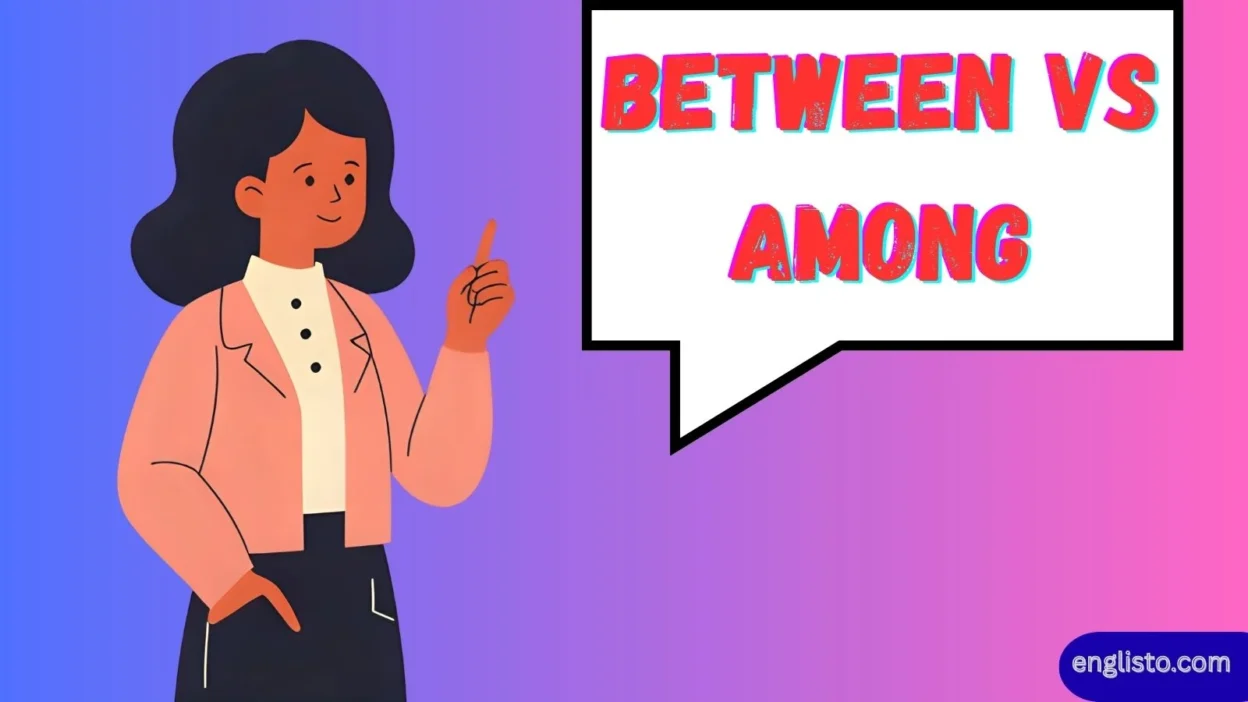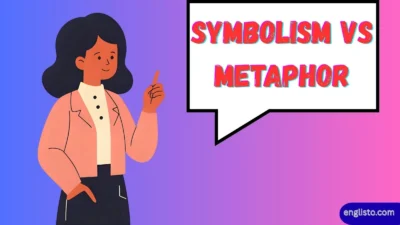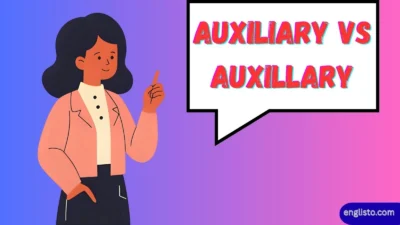Choosing the right word in English can be tricky, especially when two options seem so similar. Between and among often confused learners—and even native speakers—because both deal with relationships, involvement, and distribution. But the good news? Once you understand their core differences, you’ll never second-guess yourself again. Between vs Among.
In this article, we’ll dive deep into the meaning, usage, grammar rules, and real-life examples of between vs. among. You’ll also see how these prepositions are used in writing, literature, and everyday conversations. Along the way, we’ll look at synonyms, common errors, fun idioms, and even some history behind these words.
Understanding the Core Difference
The simplest way to begin is this:
- Between usually deals with two distinct entities (though it can extend to more when each is considered separately).
- Among refers to being part of a group, mass, or collective whole where individual members are not emphasized.
Think of between as individual relationships and among as blended inclusion.
| Word | Primary Use | Emphasis | Example Sentence |
| Between | Two or more distinct items | Focus on separate elements | “The treaty was signed between Mexico, Canada, and the United States.” |
| Among | Part of a group, mass, or whole | Focus on collective unity | “She was happy to be among friends.” |
When to Use Between
Distinct Choices or Relationships
Between is perfect when we’re choosing, comparing, or describing clear, separate items:
- “I can’t decide between the red shirt, the blue one, and the green one.”
- “The trade agreement between Mexico, Canada, and the United States changed the economy.”
- “Jonah lived between 2019 and 2021 in London.”
Notice how each option is distinct and can be separated from the others.
Read More: Blaim vs Blame: The Definitive Guide to Correct Usage
One-to-One Relationships
Think of between as linking each individual pair in a set:
- “The negotiations between the member states lasted for weeks.”
- “There’s a strong bond between a child and their parents.”
This is why between can be used with more than two items—as long as the relationship involves distinct connections.
Time, Place, and Space
Between also describes intervals, distances, or middle positions:
- “The store is open between 9 a.m. and 5 p.m..”
- “The house sits between the mountains and the sea.”
- “She sat between her two best friends at the concert.”
When to Use Among
Belonging to a Group
Among emphasizes inclusion within a collective whole:
- “Aria spends most of her time among artists.”
- “He wandered among the trees in the forest.”
- “She felt safe among strangers in the big city.”
The focus is not on individuals but on the unity of the group.
Indistinct or Nonspecific Members
If the items aren’t clearly separated or labeled, use among:
- “Discontent spread among the peasants in the village.”
- “The scandal created division among the fans of the team.”
- “The rumor spread quickly among the residents of the town.”
Collective Sharing or Distribution
Use among when something is divided as a whole:
- “The money was divided among the children.”
- “There’s no honor among thieves.”
- “Secrets circulated among friends late at night.”
Real-Life Usage Examples
Academic and Formal Writing
- “The study found significant differences between the test and control groups.”
- “There was unity among the Ivy League universities in their response.”
Literature and Quotes
- George Eliot wrote: “It is a common mistake to think that we cannot be happy among people we don’t understand.”
- Old English once spelled between as betweyn us thre (971), showing its link to specific individuals.
Everyday Conversations
- “Can you choose between vanilla, chocolate, and strawberry?”
- “She’s happiest when she’s among her closest friends.”
Common Mistakes Learners Make
| Wrong Usage | Why It’s Wrong | Correct Usage |
| “The treaty was signed among Mexico, Canada, and the United States.” | These are distinct entities; should be used between. | “The treaty was signed between Mexico, Canada, and the United States.” |
| “She divided the cake between her classmates.” | A group without distinct separation → use among. | “She divided the cake among her classmates.” |
Synonyms and Related Expressions
| Word | Similar To | Example |
| Between | Separating, linking, comparing | “The difference between effect and affect is often misunderstood.” |
| Among | Surrounded by, part of, in the midst of | “The cat was hiding among the bushes.” |
Idiomatic expressions:
- “Caught between a rock and a hard place.”
- “There’s no honor among thieves.”
Grammar Tips for Writers
- Rule of Thumb: Use between for separate, countable, distinct choices. Use among for groups and masses.
- Between is often set off by commas when listing distinct items:
- “The competition is between Tom, Sara, and Eva.”
- “The competition is between Tom, Sara, and Eva.”
- Among doesn’t require commas because it doesn’t enumerate:
- “Unity existed among the villagers.”
- “Unity existed among the villagers.”
Tools like Grammarly and Dictionary.com can help flag these errors, but knowing the logic makes your writing stronger.
Historical Background and Etymology
- Between comes from Old English betwēonum, literally meaning “by two.” Its earliest appearance dates back to the 10th century.
- Among comes from Old English on gemang (in the company of, mixed with).
Lexicographers like Samuel Johnson (1755) and Noah Webster (1828) preserved both words but clarified their roles in writing guides. Later grammar authorities such as Fowler fought against the superstition that between could never apply to more than two.
Fun Real-World Scenarios
- In sports: “The trophy was contested between the three basketball teams.”
- In economics: “There’s ongoing cooperation among European nations like France, Germany, and Italy.”
- In daily life: “She sat quietly among the flowers in her garden.”
- In history: “The territory was partitioned between Austria, Prussia, and Russia.”
Practical Worksheet for Learners
Try filling in the blanks:
- The choice is ___ chocolate mousse, raspberry cheesecake, and peanut butter pie.
- Rumors spread quickly ___ the students after the test results were announced.
- Trade talks ___ Mexico, Canada, and the U.S. lasted for months.
- He was lost ___ the crowd at the concert.
- Negotiations continued ___ labor and management.
(Answers: 1. between, 2. among, 3. between, 4. among, 5. between)
FAQs
What’s the main difference between between and among?
Between focuses on separate, distinct items, while among refers to being part of a group or collective whole.
Can I use between with more than two items?
Yes. If the relationship is one-to-one (distinctly linking each element), between works even with three or more.
Is it wrong to say “between friends”?
Not at all. “Between friends” emphasizes the relationship of individuals, while “among friends” highlights the feeling of being within a group.
Which sounds more formal: between or among?
Neither is inherently more formal. The choice depends on the context and meaning you want to express.
Do native speakers confuse between and among?
Yes—especially in casual speech. But in formal writing (like academic papers), the distinction is important.
Conclusion
Choosing between and among isn’t about memorizing stiff grammar rules—it’s about understanding context. When you’re highlighting individual, separate items, go with between. When you’re describing a collective whole or indistinct group, choose among.
Both words are powerful prepositions that shape how we express relationships, space, time, and belonging. Once you master their nuances, your writing and speech will sound clearer, more accurate, and more professional.



